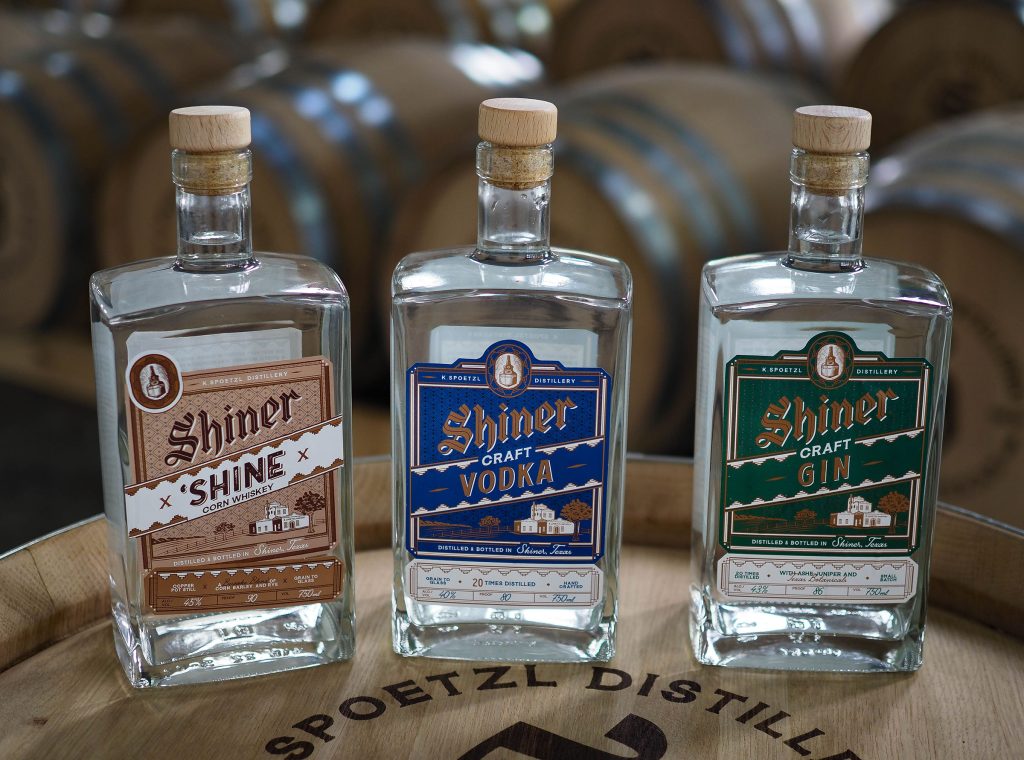The Ultimate Distillery Experience: From Grain to Glass, Whatever You Required to Know
Beginning on a trip via the complexities of the distillery procedure introduces a world where science satisfies virtuosity in the creation of spirits. From the cautious option of grains to the meticulous crafting of each bottle, every step in the manufacturing line plays a crucial role in shaping the last item that beautifies our glasses.
The Art of Grain Selection
Selecting the optimal grains is an essential action in the distillation process, figuring out the taste account and quality of the end product. The kind of grain chosen substantially affects the personality of the spirit being generated - Distillery in Galveston. Usual grains made use of in purification consist of barley, rye, corn, and wheat, each imparting unique flavors and attributes to the last product

Beyond taste factors to consider, the top quality and purity of the grains are critical. Distillers carefully resource grains to guarantee they are without contaminants and possess the required starch material for fermentation. By grasping the art of grain choice, distillers lay the structure for developing exceptional spirits that captivate the palate.
Distillation Process Demystified
Having established the structure with precise grain option, the distillation process arises as the transformative stage where the essence of the picked grains is unlocked and fine-tuned into a perky type. The process doesn't finish there; several purification runs or additional steps such as maturing in barrels might further fine-tune the spirit, boosting its personality, taste, and complexity. Recognizing the complexities of the purification procedure is crucial for creating premium spirits that astound enthusiasts and lovers alike.
Barrel Aging and Taste Growth
During the barrel aging process, spirits undergo a transformative trip as they connect with the timber, soaking up nuanced tastes and establishing a rich complexity. As spirits age in the barrels, they extract substances such as vanillin, lignin, and tannins from the timber, adding to the advancement of aromas like vanilla, caramel, spice, and even tips of toasted oak.
In addition, the aging procedure enables oxidation to occur, leading to more chain reaction that smooth the spirit and round out any harsh sides. The permeable nature of wood additionally makes it possible for the spirit to take a breath, helping with the integration of tastes with time. Relying on the duration of aging and environmental problems like temperature and moisture, spirits can obtain different characteristics, from refined timber notes to deep, complicated flavors that make each set special. Eventually, barrel aging plays a crucial function in shaping the unique taste account of each spirit, providing a sensorial trip for connoisseurs to appreciate.
Workmanship in Bottling and Classifying
As spirits reach their ideal taste profiles with barrel aging, the thorough craftsmanship in identifying and bottling comes to be the next important step in providing a costs item to consumers. The process of bottling and labeling is a crucial element of the total distillery experience, as it is the last touchpoint before the product gets to the hands of customers (Galveston Whiskey). Workmanship in bottling involves guaranteeing that each container is loaded precisely with the spirit, thinking about aspects such as uniformity in fill degrees and the prevention of any pollutants going into the container
/https://static.texastribune.org/media/images/2017/06/07/Brewery-Rich-12-TT-crop.jpg)
Sampling and Valuing Great Spirits
To completely value great spirits, one need to involve all the detects in a conscious and calculated sampling experience. When sampling penalty spirits, it is important to start by Full Report observing the spirit's appearance. Note the color, clarity, and viscosity of the fluid in the glass. Swirl the spirit delicately to launch its fragrance. The nose is a critical feeling in sampling spirits; take a minute to inhale the complicated fragrances deeply. Next, take a small sip and allow it stick around on your taste. Take notice of the various tastes that unfold - from sweet and fruity notes to spicy or smoky undertones. Consider the mouthfeel, keeping in mind if the spirit is smooth, creamy, or fiery. Swish the spirit in your mouth to completely experience its structure and taste. Finally, ingest slowly and appreciate the lingering surface. Fine spirits often leave a positive aftertaste that can disclose much more concerning the workmanship and top quality of the drink. By involving all your senses in this manner, you can absolutely relish and appreciate the intricacies of fine spirits.
Conclusion
To conclude, the distillery experience encompasses the detailed art of grain selection, the specific distillation procedure, the transformative barrel aging, the meticulous workmanship in classifying and bottling, and the sophisticated practice of sampling and appreciating fine Related Site spirits. Each action in the production procedure plays an essential function in creating top notch spirits Distillery in Galveston that captivate the senses and pleasure connoisseurs worldwide.
The type of grain picked considerably affects the personality of the spirit being produced. By grasping the art of grain option, distillers lay the foundation for producing phenomenal spirits that captivate the taste buds.

Comments on “Distillery in Galveston: Discover the Art of Craft State Of Minds”